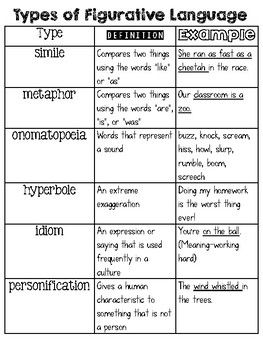Picking Up Spanish: Easy Phrases To Know
The allure of the Spanish language is undeniable. With its melodic sound and expressive nature, it’s no wonder that millions of people around the world are eager to learn this beautiful language. Whether you’re planning a trip to Spain or Latin America, or simply want to expand your cultural horizons, learning Spanish can be a rewarding and enriching experience. In this comprehensive guide, we’ll delve into the world of Spanish phrases, exploring the most common and useful expressions to get you started on your language learning journey.
To begin with, let’s examine the importance of greetings in Spanish culture. Greetings are an essential part of any social interaction, and in Spain and Latin America, they’re especially significant. When meeting someone for the first time, it’s customary to use formal greetings, such as “Buenos días” (good morning), “Buenas tardes” (good afternoon), or “Buenas noches” (good evening). As you get to know the person, you can switch to more informal greetings like “Hola, ¿cómo estás?” (hello, how are you?) or “Hola, ¿qué pasa?” (hello, what’s up?).
When it comes to basic phrases, it’s essential to learn the building blocks of the Spanish language. Phrases like “gracias” (thank you), “por favor” (please), and “lo siento” (excuse me/sorry) will help you navigate everyday situations with ease. You can also use phrases like “¿Dónde está…?” (where is…?) to ask for directions or “¿Cuánto cuesta?” (how much does it cost?) to inquire about prices.
In addition to basic phrases, learning about the different dialects and variations of Spanish can be incredibly useful. Spanish is spoken in many countries, each with its unique accent, vocabulary, and grammar. For instance, the Spanish spoken in Spain is often referred to as “European Spanish” or “Castilian Spanish,” while the Spanish spoken in Latin America is often called “Latin American Spanish.” Understanding these differences can help you communicate more effectively with native speakers and avoid confusion.
As you progress in your Spanish learning journey, you’ll encounter various grammatical concepts, such as verb conjugation, noun agreement, and sentence structure. To illustrate these concepts, let’s consider a few examples. Verb conjugation, for instance, involves changing the ending of a verb to indicate the subject and tense. For example, the verb “hablar” (to speak) becomes “hablo” (I speak), “hablas” (you speak), “habla” (he/she/it speaks), and so on. Noun agreement, on the other hand, involves using the correct form of a noun or adjective to match the subject or object of a sentence.
To further enhance your learning experience, we’ve included a few interactive elements, such as quizzes and exercises, to help you practice your Spanish skills. These elements will allow you to test your knowledge, identify areas for improvement, and develop a more nuanced understanding of the language.
In terms of engagement, learning a language should be a fun and enjoyable experience. To that end, we’ve incorporated various multimedia resources, such as videos, audio clips, and images, to make the learning process more engaging and interactive. These resources will help you develop your listening, speaking, reading, and writing skills, while also providing a more immersive and immersive learning experience.
Finally, we’ve included a comprehensive FAQ section to address any questions or concerns you may have about learning Spanish. This section will provide you with valuable insights, tips, and advice to help you overcome common challenges and achieve your language learning goals.
What's the best way to learn Spanish?
+The best way to learn Spanish is through a combination of language courses, practice, and immersion. You can start by taking a Spanish course, either online or in-person, and then practice speaking with native speakers, watch Spanish movies or TV shows, and listen to Spanish music.
How long does it take to become fluent in Spanish?
+Becoming fluent in Spanish can take anywhere from a few months to several years, depending on the amount of time and effort you dedicate to learning the language. With consistent practice and exposure to the language, you can develop a high level of proficiency in a relatively short period.
What are some common mistakes to avoid when learning Spanish?
+Common mistakes to avoid when learning Spanish include incorrect verb conjugation, noun agreement, and sentence structure. It's also important to avoid using translation software or relying too heavily on English-Spanish dictionaries, as these can hinder your ability to develop a genuine understanding of the language.
In conclusion, learning Spanish is a rewarding and enriching experience that can open doors to new cultures, communities, and opportunities. By starting with basic phrases, exploring the different dialects and variations of Spanish, and practicing consistently, you can develop a high level of proficiency in this beautiful language. Remember to stay motivated, be patient, and enjoy the process of learning, and you’ll be well on your way to becoming a fluent Spanish speaker.

